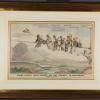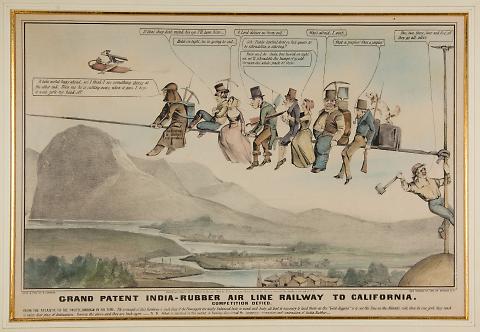A68.90.2
(50.16 cm HIGH x 64.77 cm WIDE)
Reproduced in _The 49ers_, Time-Life Books, N.Y., 1974.
Picture This Information
This artifact is part of the OMCA's Picture This website. More about the context and history of this artifact is available at Picture This.
About the Picture This web project: California's Perspectives on American History is a resource for teachers and students to learn about the experiences of diverse peoples of California by using primary source images from the Oakland Museum of California's collections. Organized into 11 time periods spanning from pre-1769 to the present, more than 300 photographs, drawings, posters, and prints tell stories from the perspectives of different ethnic groups. Historical contexts are provided to offer a framework of California's role in relation to American history.
The National Archives state that primary sources, "fascinate students because they are real and they are personal: history is humanized through them." Picture This invites students to examine the historical record, encouraging them to connect history with real people and explore how images tell stories and convey historical evidence about the human experience. History becomes more than just a series of facts, dates, and events.





